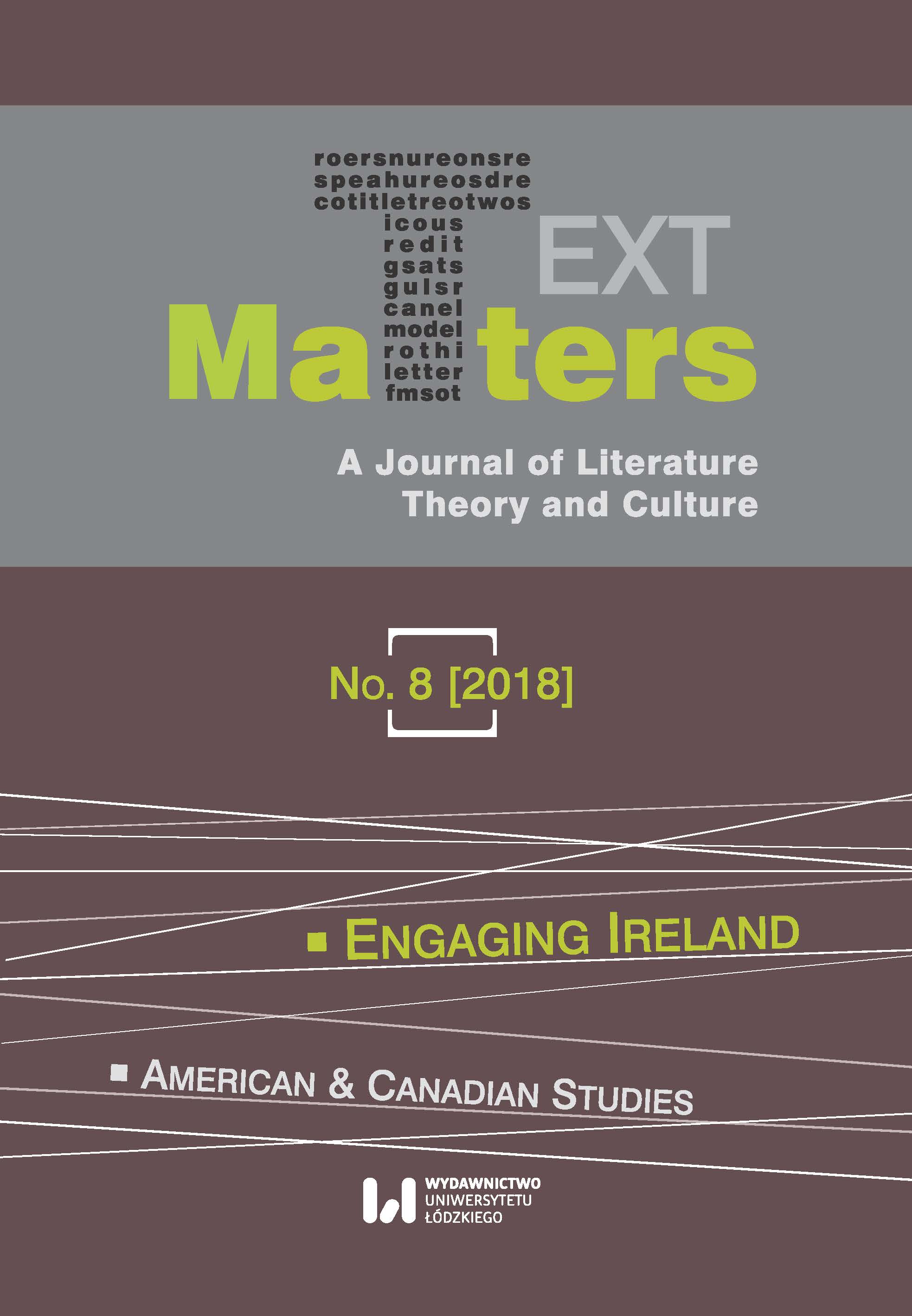Cabeza de Vaca, Estebanico, and the Language of Diversity in Laila Lalami’s The Moor’s Account
Cabeza de Vaca, Estebanico, and the Language of Diversity in Laila Lalami’s The Moor’s Account
Author(s): Zbigniew MaszewskiSubject(s): Studies of Literature, Theory of Literature
Published by: Wydawnictwo Uniwersytetu Łódzkiego
Keywords: account; Cabeza de Vaca; Estebanico; La relación; narrative; diversity
Summary/Abstract: Published in 1542, Álvar Núñez Cabeza de Vaca’s La relación is a chronicle of the Pánfilo de Narváez’s 1527 expedition to the New World in which Cabeza de Vaca was one of the four survivors. His account has received considerable attention. It has been appreciated and critically examined as a narrative of conquest and colonization, a work of ethnographic interest, and a text of some literary value. Documenting and fictionalizing for the first time in European history the experience of travelling/trekking in the region which now constitutes the Southwest in the United States, Cabeza de Vaca’s story testifies to the sense of disorientation, as well as to the importance of psychological and cultural mechanisms of responsiveness and adaptability to a different environment. What allows the Moroccan-American contemporary writer Laila Lalami to follow that perspective in her book The Moor’s Account (2017) is an imaginative transfer of the burden and satisfaction of narrating the story of the journey to the black Moroccan slave whose presence in the narratives of conquest and exploration was marginal. In Lalami’s book, Estebanico becomes the central character and his role is ultimately identified with that of a writer celebrating the freedom of diversity, one who survives to use the transcultural experience of the past creatively in ways well suited to the needs of the current moment.
Journal: Text Matters: A Journal of Literature, Theory and Culture
- Issue Year: 2018
- Issue No: 8
- Page Range: 320-331
- Page Count: 12
- Language: English

